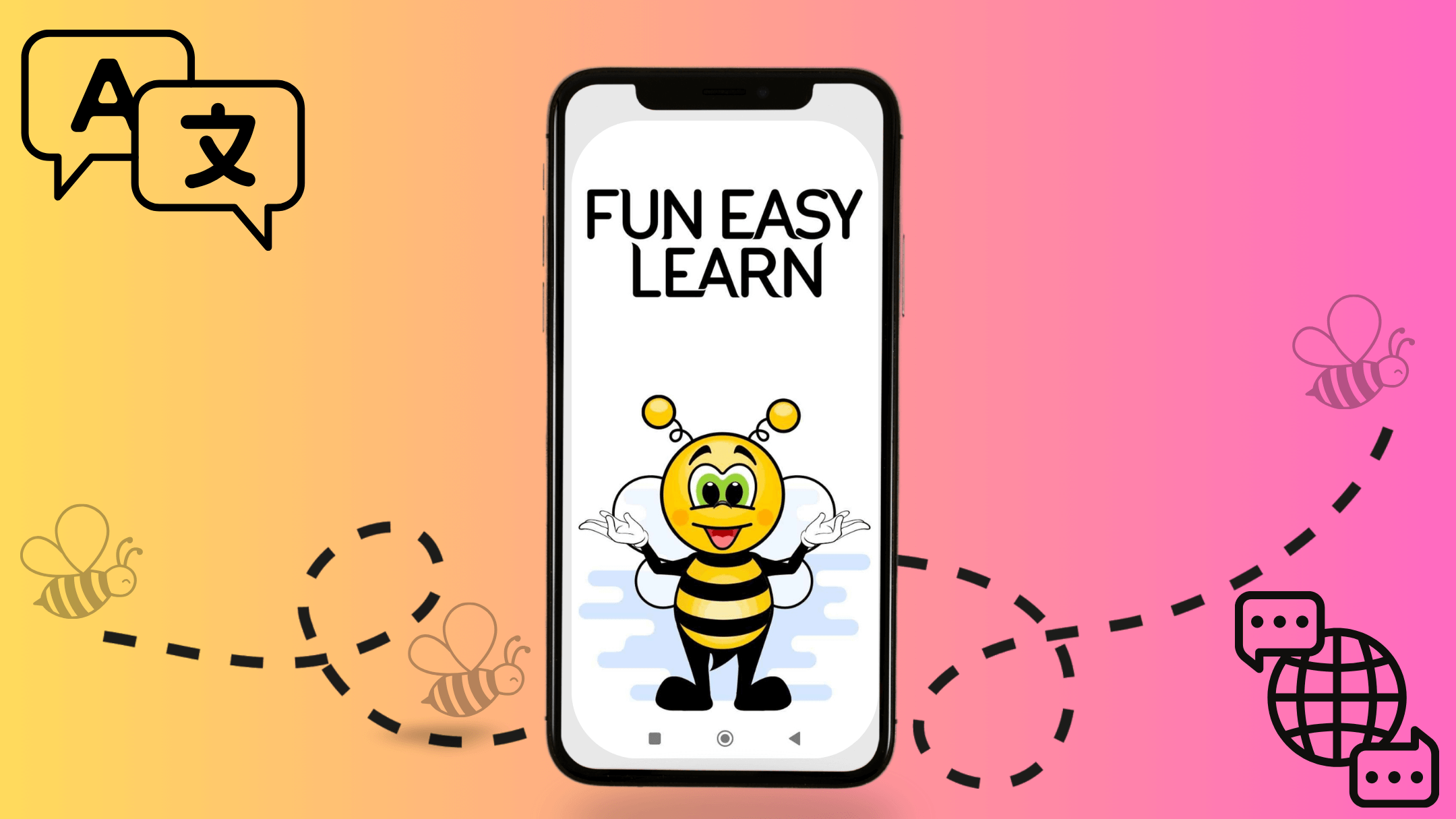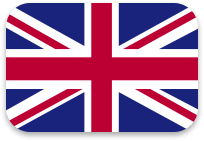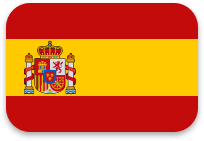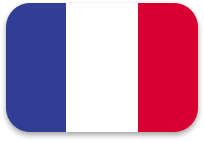Did you know the world has seen over 1,000 artificial languages since the 17th century? Unlike natural languages, which evolved organically, an artificial language is created for a specific purpose.
While some made-up languages have over 50,000 speakers, others die out without gaining popularity. From Esperanto to Klingon and Dothraki, constructed languages are a fascinating topic. Let's learn more about why we have artificial languages and what the most popular conlangs are.
A Brief History of Constructed Languages
The concept of artificial languages can be traced back to ancient times. Plato's dialogue "Cratylus" explores the connection between words and meanings. The first documented constructed language, Lingua Ignota, was created in the 12th century by Hildegard of Bingen, a German abbess who intended it as a secret communication system. That was a significant milestone, underlining the potential of artificial languages.
Philosophers and scholars created philosophical languages in the 17th and 18th centuries. These languages prioritized logical structure and clarity, as rationality was the trend in that era. The ultimate goal was to create a universal language. However, the complexity of those artificial languages often made them impractical to use. A unique attempt in 1817 was Jean-François Sudre's Solresol, a language based on musical notes (do, re, mi, fa, sol, la, si). Words were formed by combining these syllables, with most ranging up to five notes, making around 11,000 possible combinations. Solresol could be spoken, sung, played on instruments, or expressed through colors, symbols, or hand signs. The language became popular in mid-19th-century France and still has a few followers.
The 19th century recorded a boom in constructed languages. Esperanto, created by L. L. Zamenhof in 1887, became the most successful conlang. Other efforts, like Volapük and Interlingua, aimed to foster global understanding and peace through communication.
In the 20th and 21st centuries, constructed languages entered the entertainment sector, enriching literature, film, and television. Iconic examples include J.R.R. Tolkien’s Elvish languages, Klingon in "Star Trek," and Dothraki in "Game of Thrones." These languages have gathered dedicated speaker communities worldwide.
Why Do People Learn Constructed Languages?
People learn constructed languages for different reasons, including accessibility, entertainment, or cognitive development. For accessibility, languages like Esperanto are often easier to understand than natural languages like Spanish or French, thanks to their simplified grammar and word formation based on a small set of roots and affixes. For entertainment, fans of films and books like "Star Trek" or "Game of Thrones" study Klingon and Dothraki to enjoy their favorite fictional worlds and connect with global fan communities. Some people learn artificial languages for cognitive development. Research suggests conlangs positively impact memory, attention, and logical reasoning, just as natural languages do.
Types of Constructed Languages

There are several artificial languages, each with its own specific goal. Some languages are created to improve communication between people from different backgrounds, add credibility to a story or film, or eliminate ambiguity. Other reasons are conducting linguistic experiments or for entertainment. The most common types of constructed languages are auxiliary, artistic, and engineered or philosophical.
Auxiliary Languages
Auxiliary conlangs are designed to ease communication between people with different native languages. Their primary goal is to be easy to learn and neutral, with simple rules, ideal for intercultural exchange. Examples include Esperanto and Interlingua.
Artistic Languages
The constructed languages in this category do not pursue a utilitarian purpose. Instead, they serve a creative, aesthetic, or entertainment goal. Popular subgroups include fictional worldbuilding like Klingon ("Star Trek"), Dothraki and High Valyrian ("Game of Thrones"), Na'vi ("Avatar"), and alien linguistics like Alienese ("Futurama") and Simlish ("The Sims").
Engineered or Philosophical Languages
Engineered languages are created to conduct linguistic experiments, research human cognition, or achieve logical precision. Creators do their best to eliminate ambiguity. The grammar of some of these conlangs is inspired by mathematics or computer programming. A good example is the Lojban language, built as a simplified system by James Cooke Brown in 1955. Its goal was to research how the structure of a language influences the thinking process.
Toki Pona is a fascinating artificial language. It proves that a versatile vocabulary makes up for a limited number of words. The minimalist grammar and simplified rules encourage speakers to express complex ideas simply.
Speak a new language with confidence!
Build fluency faster with FunEasyLearn — just 10 minutes a day is enough to make real progress.
Notable Examples of Constructed Languages
Among the fascinating array of artificial languages, some stand out for their creativity, innovation, melody, and more. These conlangs have either a fan base or fluent speakers.
1. Esperanto
Created in 1887 by the Polish ophthalmologist L.L. Zamenhof, Esperanto pursued the noble goal of achieving international peace through communication. Its simple grammar system cherry-picked the best linguistic features from Romance, Germanic, and Slavic languages. Up to two million people speak Esperanto, including native speakers. The language is used at international conferences and cultural festivals, and is even a subject in some schools in China and Hungary.
2. Interslavic
The idea of developing a common language for all Slavic speakers emerged in 2006. Several creators tried to create one language that speakers of Polish, Russian, Czech, and more could understand. Interslavic has its yearly conference and thousands of enthusiasts who create online dictionaries and grammar resources.
3. High Valyrian
Linguist David J. Peterson created Valyrian in 2012 for the TV series "Game of Thrones." Since it represents an old language, it boasts a complex grammar system inspired by Latin and Greek. High Valyrian counts around 2,000 speakers, and its fans use it for conventions and to write poetry.
4. Dothraki
Created by the same David J. Peterson for the popular HBO TV series "Game of Thrones," Dothraki was inspired by Turkish, Russian, Swahili, and Arabic. Dothraki has a solid fan base; however, estimating the number of speakers is hard.
5. Klingon
"Star Trek" needed a language of its own. The process started in 1979 and continued from 1984 to 1985. Okrand, the linguist who worked on it, was inspired by Native American and Southeast Asian languages. Klingon has its alphabet and around 2,600 words. A few hundred people worldwide can speak conversational Klingon.
6. Sindarin
Tolkien created Sindarin as one of the two main Elvish languages. It was ready around 1950 for The Lord of the Rings. Welsh, Old Norse, and Old English inspired Tolkien. The Elves' language still appeals to thousands of fans and scholars worldwide.
7. Toki Pona
Sonja Lang, a Canadian linguist, created Toki Pona in 2001. Inspired by English, Finnish, Georgian, Dutch, Esperanto, Mandarin Chinese, and other languages, Lang aimed to simplify her thoughts when depressed. Toki Pona counts fewer than 140 root words and is a unique writing system developed by Jonathan Gabel. Toki Pona is often a subject of seminars at MIT. A Finnish therapist experimented with Toki Pona, teaching it to depressed patients.
The Creation of Artificial Languages - Science or Art?
Creating a new language requires both logical thinking and artistic creativity. It's essential to define the purpose of the new language. The author or authors need to decide why they are creating a new language. The answer will directly impact the features and structure of the constructed language.
Many conlangs are constructed in academic environments to better understand languages. Courses were held at universities such as The Massachusetts Institute of Technology (MIT), Ohio State University, and The University of California, San Diego (UCSD). Students have the chance to explore conlangs and create an artificial language.
Other than college students, hobbyists, writers, and linguists contributed significantly to the world of artificial languages. Tolkien and Peterson are some of the most popular examples.
Learn Languages with FunEasyLearn

While artificial languages are more curious to most people, FunEasyLearn is the perfect tool to master natural languages. The award-winning app boasts one of the widest combinations of languages, offering 34 courses from 62 native languages. Why choose FunEasyLearn? See a few reasons below.
⚛️ Efficiency backed by science
Based on the principles of the lexical approach, FunEasyLearn prioritizes high-frequency vocabulary. That means learners first learn the most popular words, phrases, and expressions that native speakers use. That ensures a quick immersion into everyday scenarios in the target language.
🎲 Motivation through gamification
Bid farewell to boring cramming with over 30 interactive games that make learning fun. Play to remove the frustration often associated with learning. The bite-sized lessons engage you in real-life contexts to maximize efficiency. On top of that, every learner enjoys an ad-free experience and offline access for added flexibility.
💪 Powerful features
With a convenient Child Mode, FunEasyLearn filters the content to make it safe for children under 13. The app is a well-rounded solution for language learners with around 6,000 words, 5,000 phrases and expressions, 11,000 illustrations, and 300,000 audio files.
⭐Premium features include a Smart Review system, Hands-Free Mode, and custom Favorite Lists.
Are you planning to travel, work, or study abroad? Learn a language that gets you there!











